1. 1804 Silver Dollar – The King of American Coins
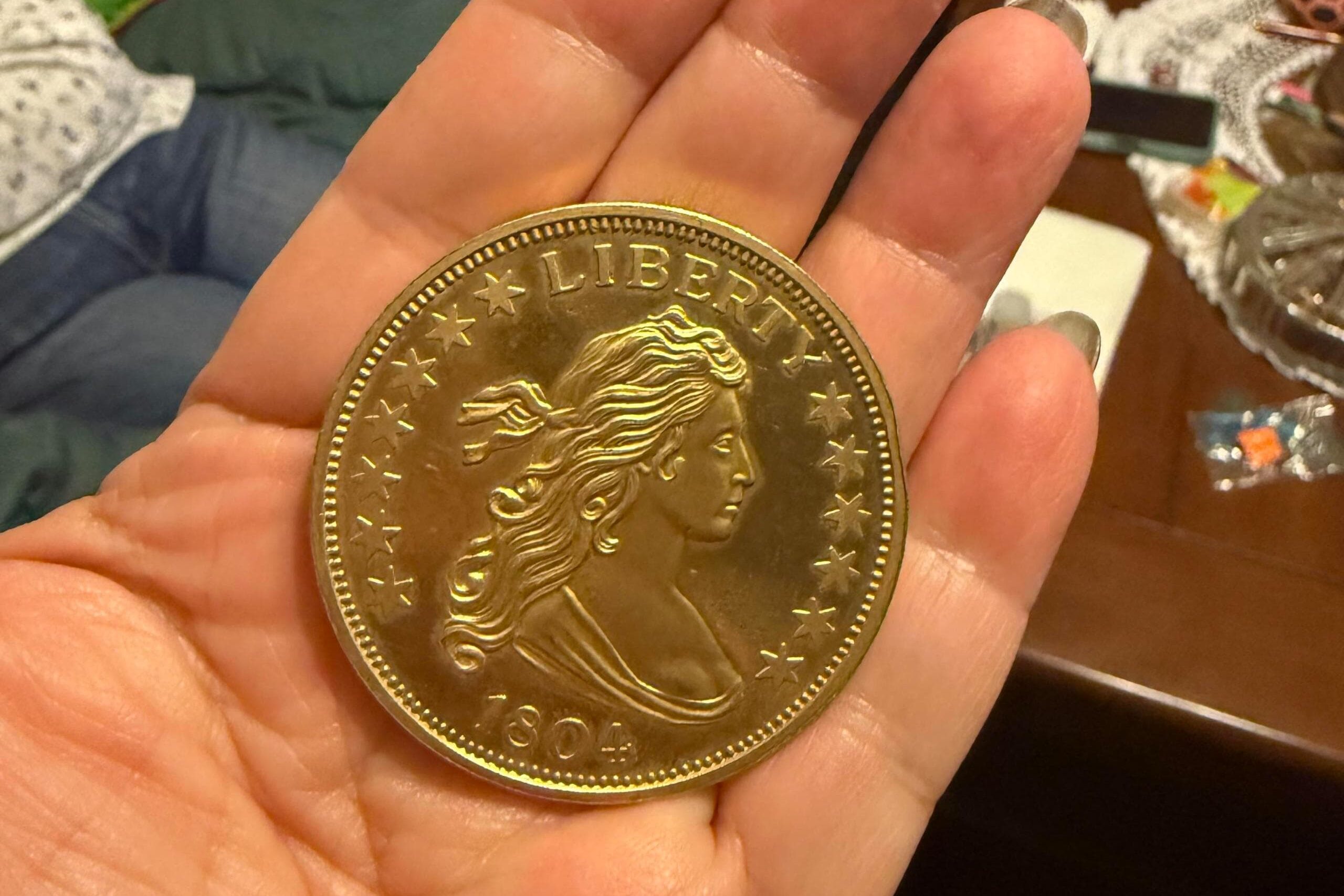
Most coins in our pockets are worth only their face value, but every now and then, one turns into a fortune. Whether from accidents at the mint, mysterious backstories, or limited production runs, these rare pieces have fascinated collectors and investors alike. Here are some of the most legendary coins whose stories make them priceless.
The 1804 Silver Dollar is often called the “King of American Coins” because of its unmatched rarity and prestige. Despite the date stamped on it, the coins were actually struck decades later in 1834 as part of a special set meant for diplomatic gifts to foreign rulers. None were released into everyday circulation, which only added to their mystery. Today, only 16 genuine examples are known to exist. Collectors have gone to extraordinary lengths to track them down, and when one resurfaced from a forgotten family vault, experts estimated it could sell for up to $5 million. To many numismatists, owning this coin represents the pinnacle of American coin collecting.
2. 1933 Double Eagle – America’s Forbidden Gold
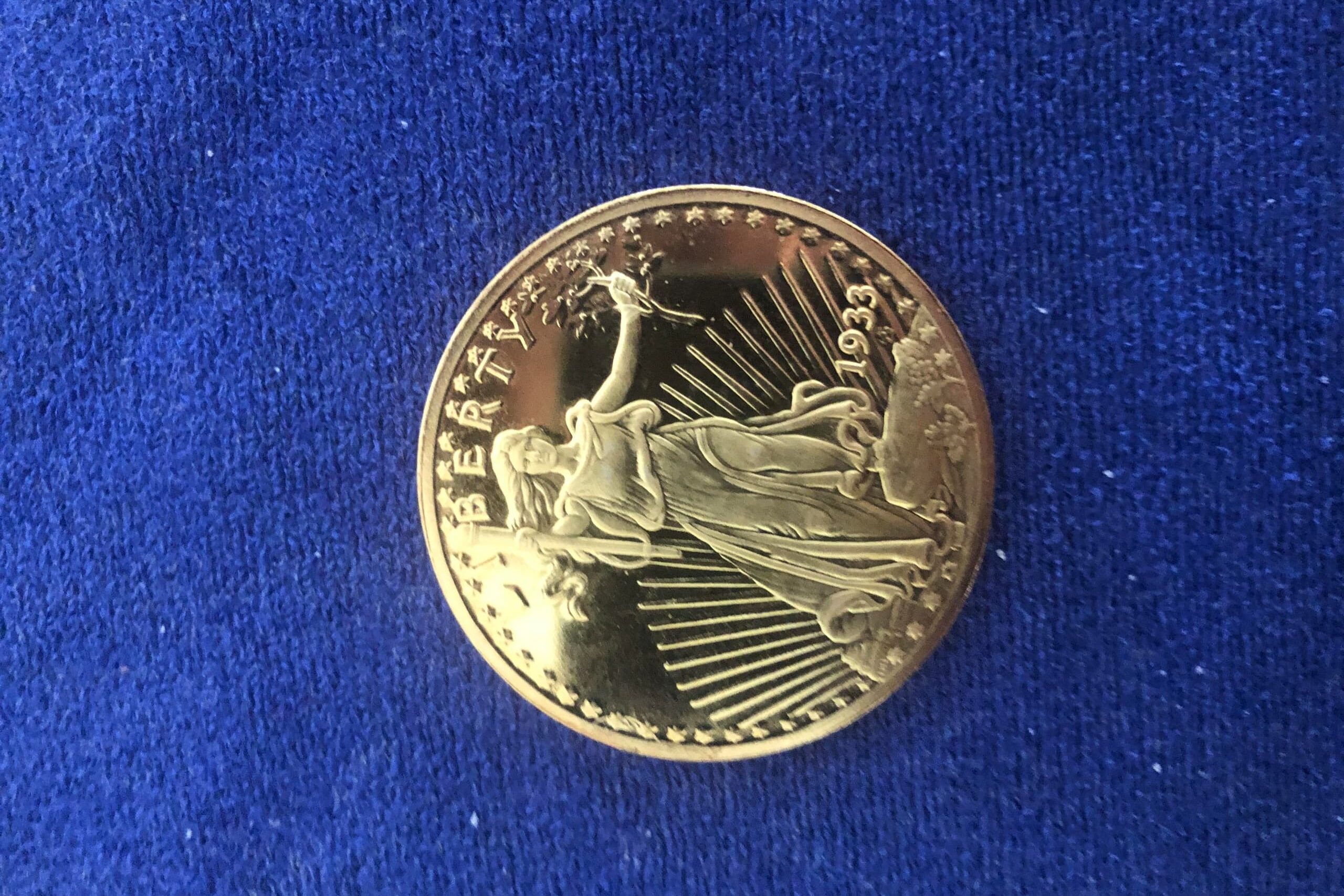
The 1933 Double Eagle carries a fascinating mix of beauty, politics, and controversy. This $20 gold piece was minted just before President Franklin D. Roosevelt took the United States off the gold standard. Nearly the entire mintage was ordered melted down, making ownership of the coin illegal. Still, a few examples managed to slip into private hands, sparking decades of government seizures, lawsuits, and intrigue. For years, collectors whispered about its existence like a forbidden treasure. In 2021, one legally owned specimen finally went to auction and sold for an astonishing $18.9 million, setting the record for the world’s most valuable coin. Its story captures the drama of a moment when America’s money system was changing forever.
3. 1933 British Penny – The Coin That Shouldn’t Exist
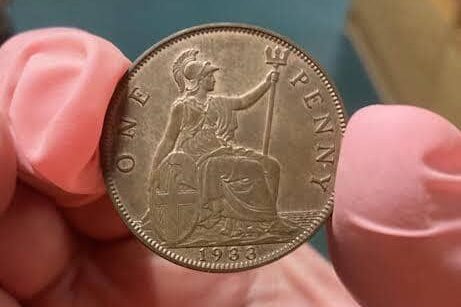
In Britain, 1933 pennies hold a special place among collectors because they were never meant to circulate. That year, the Royal Mint decided not to strike regular pennies since there were already enough in supply. However, a tiny ceremonial batch of just six or seven coins was created for things like foundation stones and special collections. These coins were essentially symbolic rather than functional, but their extreme scarcity transformed them into treasures. Today, when one surfaces at auction, it commands around $250,000. For something as humble as a penny, that leap in value is remarkable, reminding us how even everyday objects can gain historic importance when rarity is involved.
4. The Binion Hoard – Treasure in the Desert
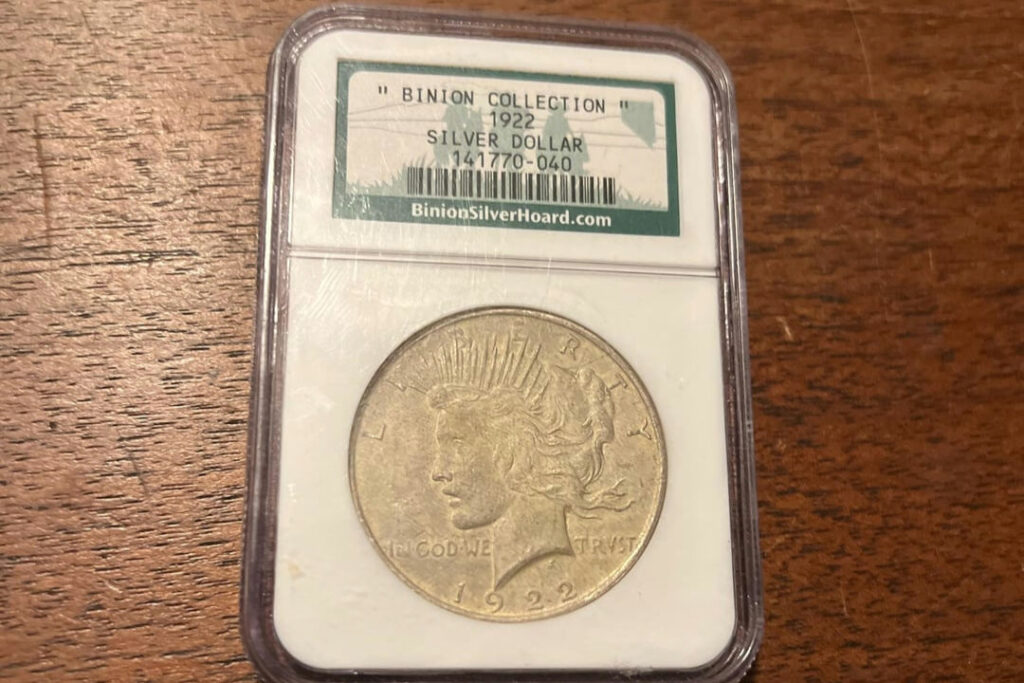
The Binion Hoard is less about a single coin and more about a hidden fortune. Ted Binion, heir to a famous Las Vegas casino family, secretly buried a massive stash of silver coins and bars in the Nevada desert. When he died under suspicious circumstances in 1998, investigators uncovered an incredible hoard worth between $10 million and $15 million. While much of it was recovered, rumors have persisted that some of Binion’s treasure remains hidden. For collectors and treasure hunters, the story has become modern folklore, a blend of true crime, mystery, and the timeless allure of buried riches. Even today, the Binion Hoard sparks curiosity and fuels dreams of discovery.
5. 1955 Double Die Penny
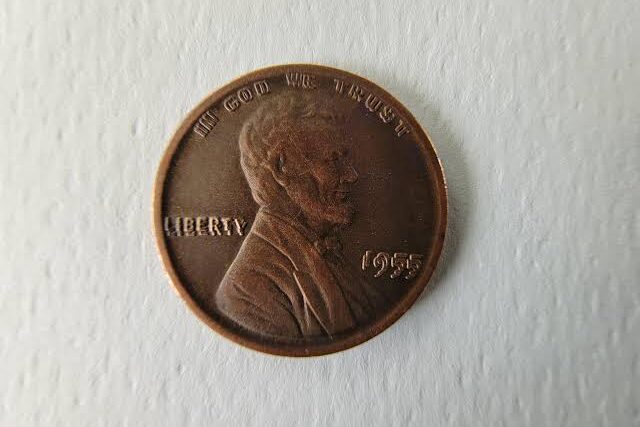
Among U.S. error coins, the 1955 Double Die Penny is one of the most famous. A mechanical misalignment at the mint created a doubled image on the date and lettering, making the words look as if they were shadowed or echoed. Thousands of these coins escaped into circulation before the mistake was caught, and ordinary people once received them as everyday change. Over time, collectors realized just how unique and striking the error was. Well-preserved examples can now fetch anywhere from $2,000 to $15,000, depending on their condition. For many hobbyists, spotting one feels like hitting the jackpot, since a penny from pocket change can suddenly be worth thousands.
6. 1972 Double Die Penny
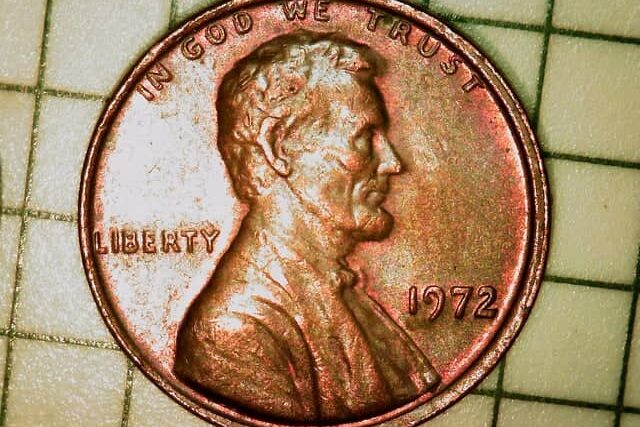
The 1972 Double Die Penny is another striking example of how a minting slip-up can transform an ordinary coin into a collector’s prize. On this version, the doubling effect is especially noticeable on the word “LIBERTY” and the date, giving them a blurry or ghosted appearance. Unlike the extremely rare 1955 version, the 1972 error occurred in larger numbers, meaning more pieces entered circulation. Still, they remain highly desirable to collectors who admire the boldness of the error. Today, values range from $300 to $1,000 depending on grade, and pristine examples can command even more. It’s proof that even small mistakes at the mint can carry big rewards.
7. 2004 Wisconsin Quarter Extra Leaf
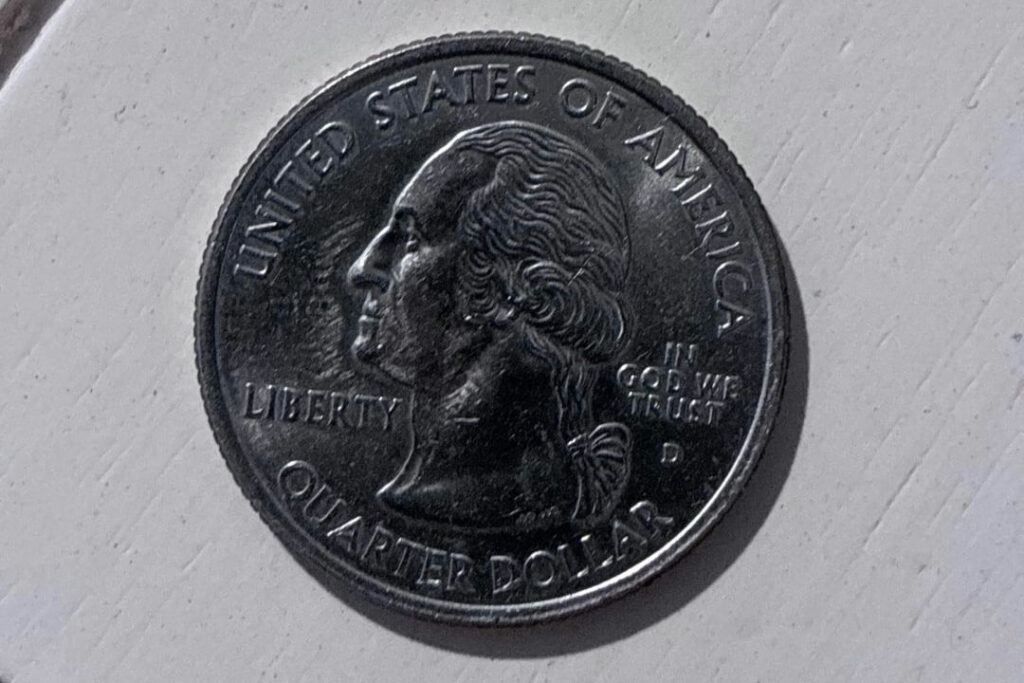
When the Wisconsin state quarter was released as part of the U.S. Mint’s 50 State Quarters Program, no one expected it to spark a collecting frenzy. But a flaw in one of the dies created two unusual varieties, one showing an “extra leaf high” and the other an “extra leaf low” on the ear of corn. These quarters slipped into circulation unnoticed, and sharp-eyed collectors later realized just how scarce they were. What makes the story even more exciting is that people initially found them in their pocket change. Today, each extra leaf quarter can sell for between $500 and $1,500, turning a 25-cent coin into a mini treasure.
8. 1983 Double Die Penny Reverse
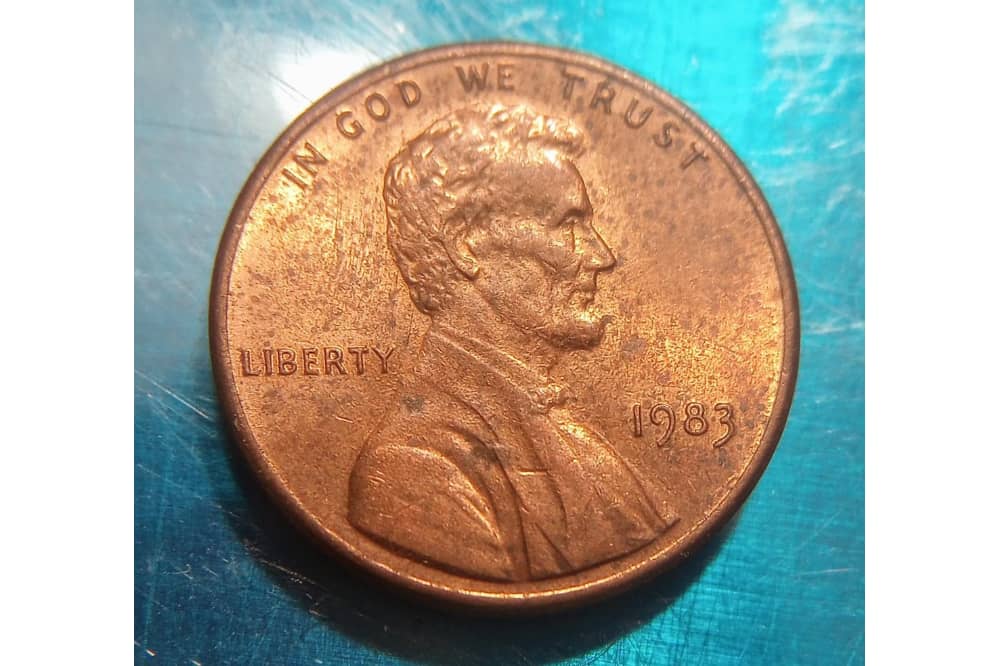
While most double die errors affect the obverse (front) of coins, the 1983 Double Die Penny shows its doubling on the reverse side. Careful inspection reveals the words “ONE CENT” and “E PLURIBUS UNUM” duplicated, creating a shadowed look. For years, this variety went unnoticed by the public, and many examples circulated without fanfare. As collectors grew more aware, demand grew steadily, and today high-grade examples can bring up to $500 at auction. Though not as famous as the 1955 or 1972 errors, the 1983 Double Die Penny holds its own place in numismatic history as a reminder that mistakes can hide in plain sight for decades.
9. Off-Center Strikes
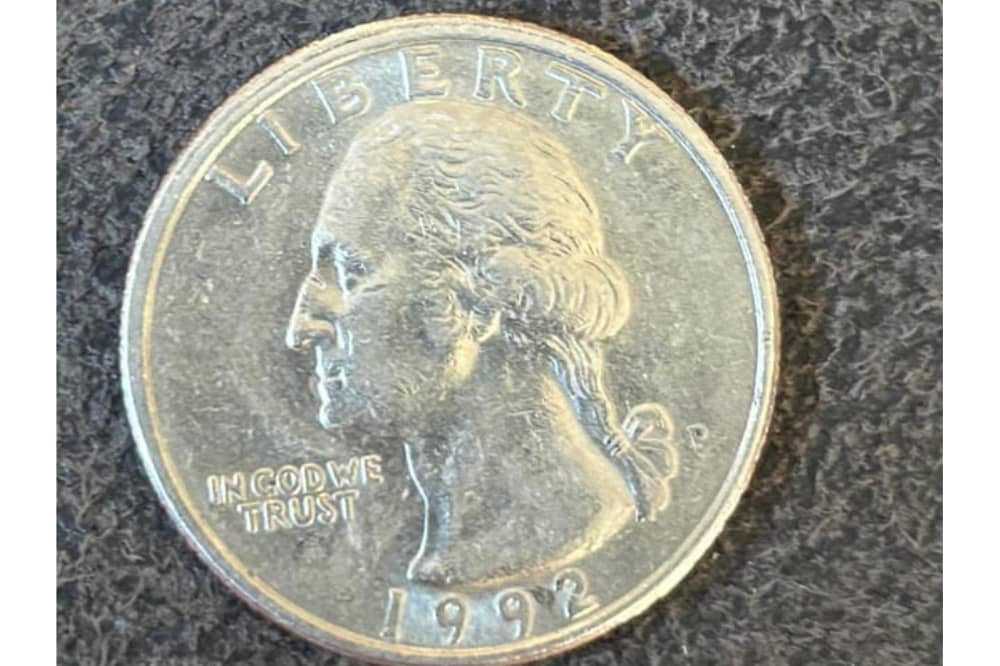
Off-center strikes occur when a coin blank isn’t positioned correctly in the press, leaving part of the design cut off and blank space showing. The results can be subtle or dramatic, and the more noticeable the misalignment, the more valuable the coin becomes. Collectors especially prize off-center strikes where the date is still visible, since it helps confirm authenticity and adds to the appeal. Values can range widely, from as little as $50 for minor errors to $5,000 or more for dramatic examples in excellent condition. These pieces are fascinating because they show the human and mechanical side of coin production, where even small missteps can turn into big-dollar curiosities.
10. Blank Planchets
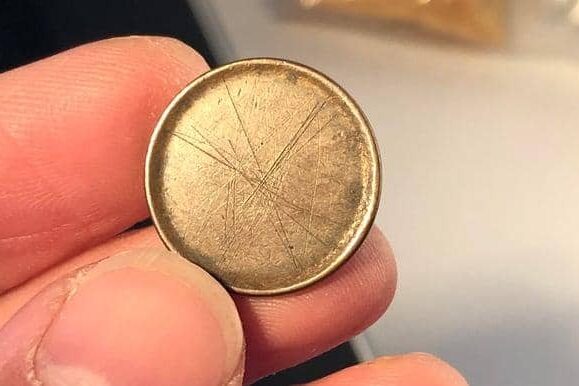
Sometimes, a coin isn’t even struck at all. Blank planchets are metal discs that should have been stamped with a design but somehow slipped through the minting process. Because they’re essentially “unfinished coins,” they stand out as oddities and appeal to collectors who appreciate mistakes that shouldn’t happen. While they’re not as visually dramatic as double dies or off-center strikes, they represent a kind of backstage pass into how coins are made. Even something as simple as a penny-sized blank can bring $100 or more, while larger denominations can fetch higher sums. To collectors, they’re reminders that even in highly controlled processes, accidents still slip through.
11. 2009 Kew Gardens 50 Pence
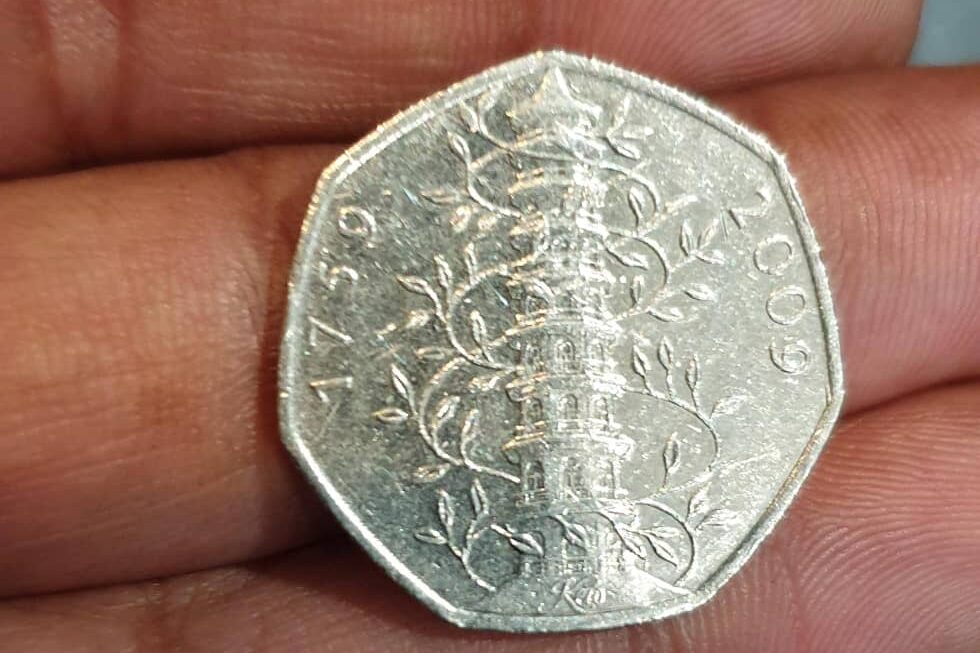
In Britain, the 2009 Kew Gardens 50p has become a modern-day treasure hunt. Only 210,000 of these coins were minted, making it the rarest 50p in regular circulation. Its design features the famous Chinese pagoda from the Royal Botanic Gardens at Kew, giving it both beauty and historic charm. Originally worth less than a dollar, its scarcity quickly turned it into a collector’s favorite. Today, examples in good condition often sell for $260 to $290, proving that even recent coins can carry surprising value. For everyday people in the UK, spotting one in their change feels like finding a small fortune.
12. 1913 Liberty Nickel
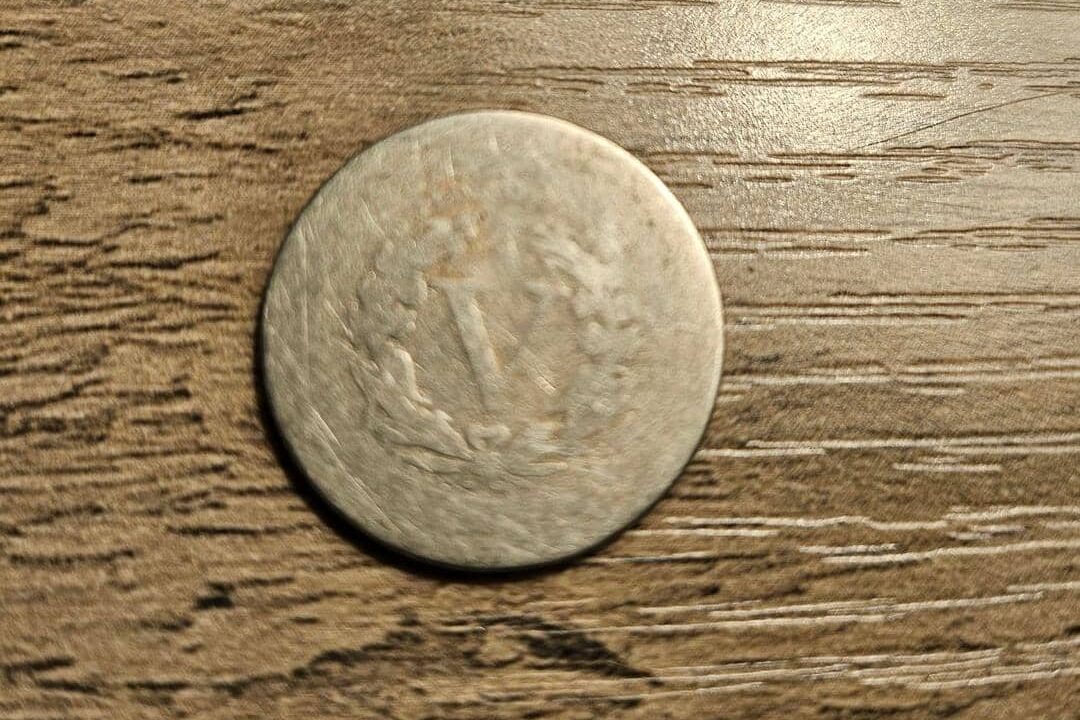
The 1913 Liberty Nickel is shrouded in mystery, partly because it was struck under unusual, possibly unauthorized, circumstances. Official records say no Liberty Nickels were minted that year, yet five authentic examples exist. Their origins remain a subject of debate, which only adds to the intrigue. For decades, these coins were hidden away in private collections, occasionally reappearing to make headlines. In 2003, one was discovered in a family drawer, igniting excitement among collectors worldwide. That particular specimen later sold for nearly $4 million. With only five in existence, the 1913 Liberty Nickel is considered one of the holy grails of American numismatics.
13. 1943 Copper Penny
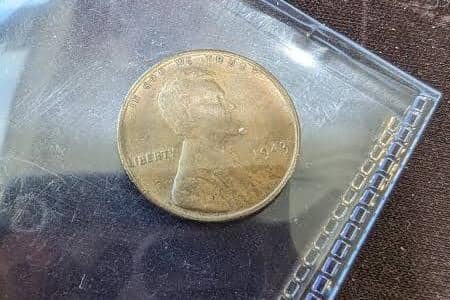
During World War II, copper was needed for ammunition, so the U.S. Mint switched to making pennies out of steel coated with zinc. Somehow, a few leftover copper blanks were accidentally used in the presses, creating one of the most famous error coins of all time. These 1943 copper pennies are so rare that only a handful are known, but they’ve captivated collectors for decades. In 2010, one sold at auction for $1.7 million, making it the most valuable penny ever. The story highlights how even small oversights in production can create coins that rival fine art in both rarity and price.
14. 1794 Flowing Hair Dollar
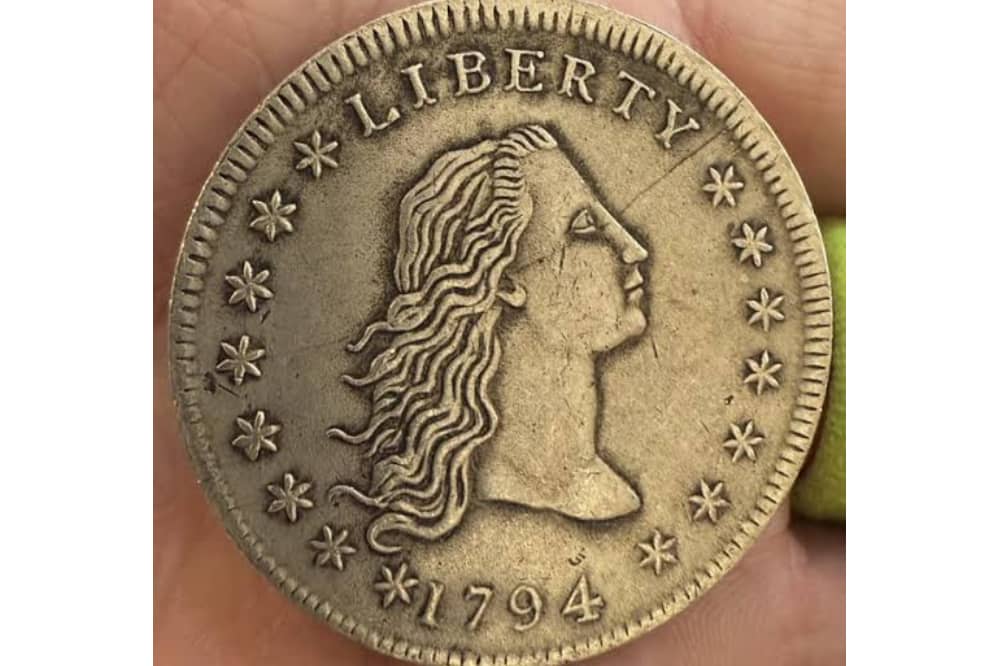
The 1794 Flowing Hair Dollar is believed to be the very first silver dollar issued by the United States, making it a cornerstone of American coinage. Its design, showing Lady Liberty with flowing hair, reflects the nation’s early ideals and artistry. Surviving examples are extremely rare, especially in pristine condition, since coins from this period often saw heavy use. In 2013, one specimen in remarkable shape sold for an incredible $10 million, setting a record at the time. More than a collectible, this coin represents the birth of America’s monetary system and stands as a tangible piece of the nation’s founding history.
Each piece tells a story, of human error, political change, or sheer chance, that turns metal into legend. While most of us may never stumble upon one, the tales behind them keep collectors and dreamers searching, hoping that the next fortune might be hiding in plain sight.
This story Coins Worth Millions: When Mistakes, Mysteries, and Misprints Make Fortunes was first published on Daily FETCH


